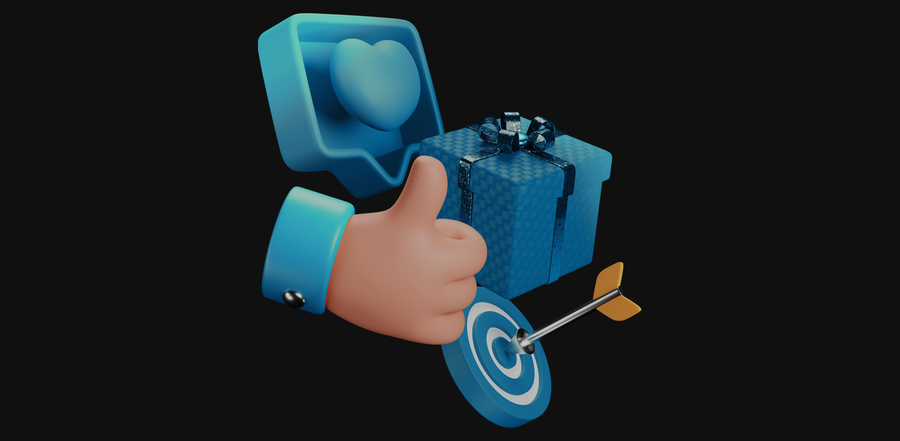Gamification is the process of applying game-like mechanics and design principles to non-game contexts… blah blah blah. You either know what gamification is, or you’ll be able to figure it out pretty quickly when you see a good example of it.

Why? Well, that’s an easy one, it gives people a reason for them to give you their attention. Rather than have one of those pain-in-the-butt pop-ups that demand an email address for whatever reason, you get to play a little game. Not only that, but you get to win a discount, or an offer, or a brand-new Xbox if you’re feeling flush with your prizes!
Gamification can be as simple as a one-time thing where you get an email address and away you go, or it can be a longer and more competitive process, with leaderboards and badges, and the more you play, the more rewards you can get! The possibilities are endless.
Think of gamification as a recipe for marketing magic, and these are the key ingredients:
Points and Scores: Remember back in the good ol’ days, scoring points in your favourite video games? Well, gamification brings that satisfaction to everyday online situations, and points mean prizes!
Badges and Achievements: Who doesn’t love a shiny badge to show off just how good they are? Badges are like virtual stickers to show off your online achievements, and to make your customers and clients feel like the local legend.
Leaderboards: Oh yes, the sweet taste of victory! Leaderboards add that competitive edge to your campaign, allowing your customers to see how they stack up against others. It’s not just about victory though, it’s about having people compete against one another to continue to return to your website. There’s nothing more rewarding about a gamification campaign than having people return to your website to compete against each other.
Rewards and Incentives: A good gamification knows how to keep your audience hooked. Rewards and incentives, whether they’re digital trophies or tangible goodies, keep the motivation and engagement high.
So you may be wondering, “How does gamification work in actual, real-life settings?” which is a perfectly valid question!
Fitness Apps: Ever used one of those fitness apps that tracks your steps or how far you’ve run, then rewards you for hitting certain fitness goals? That’s gamification in action. By turning exercise into a game, these apps keep you moving and interacting with their product.
Learning Platforms: Picture this; you’re learning history by embarking on a time-travelling adventure, you’re becoming a master of maths through exciting digital tasks. Educational platforms use gamification to make learning engaging and fun.
Workplaces: Who’d have thought, even work can be fun! Companies can add gamification in their workplace by rewarding employees for hitting certain targets or work milestones, like collaborating effectively or staying productive. They can get an incentive or reward every time they accomplish something.
How and why will your gamification be a success? Well, here are the not-so-secrets to gamification success:
Engagement and Motivation: Gamification taps into our natural desire for fun and a bit of friendly competition, keeping folks engaged.
Instant Gratification: In a world where people’s attention spans seem to be getting shorter and shorter, there’s not much more important than a quick win. Gamification provides instant feedback and rewards to give people that lovely rush of accomplishment.
A Sense of Achievement: Earning points, badges and rewards gives people a great sense of achievement, like getting a little pat on the back just for spinning a wheel and giving away your contact information!
We are confident to say we know a thing or two about how gamification can enhance your business. Over the years we have worked with countless businesses to improve their marketing strategies and get people to engage in a more meaningful way with their brands.
Businesses can make what are usually dull and meaningless interactions into immersive and enjoyable experiences. This not only keeps people engaged and coming back for more, but it also makes your business stand out and can encourage users to complete desired actions like making purchases, sharing content or providing contact information for your mailing lists.
